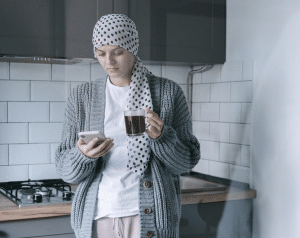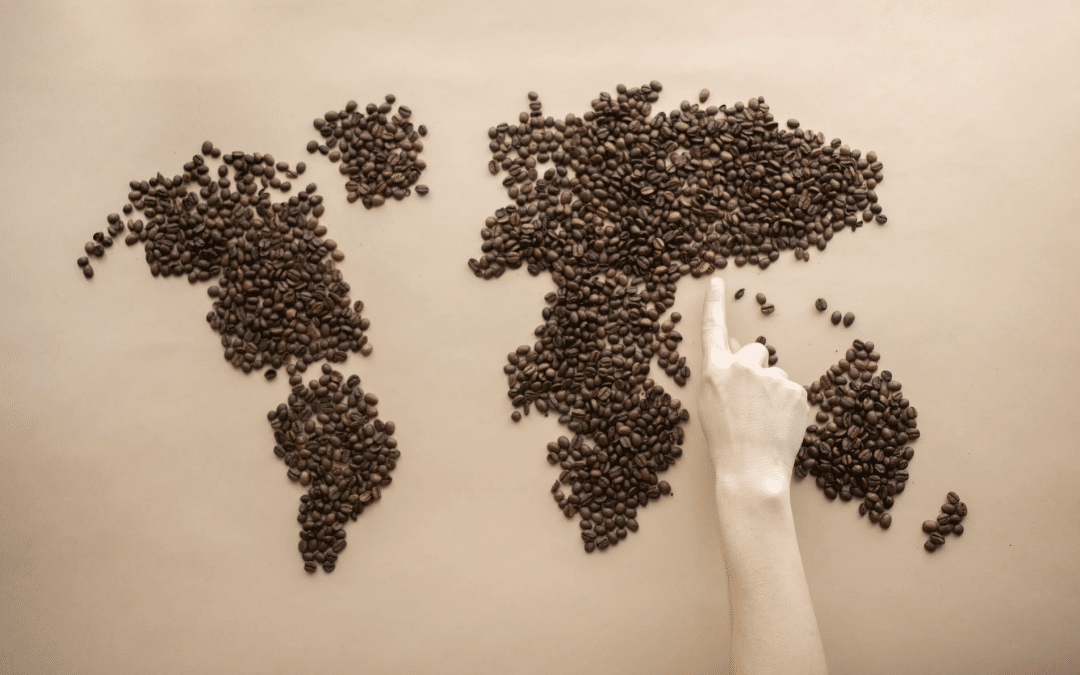We all love coffee. It is the perfect drink to jumpstart your day and offers the ideal energy boost no matter the time you take it. However, you may not know that there are different types of coffee, and even if you do, you may need to fully understand what they are and their origins. This is normal, as many other people are just like you. But, if you are curious about different coffee types, you are at the right place. Below, at Geek Coffee, we discuss the different kinds of coffee, their origins, and even flavor profiles.
Arabica
Notably, this is the first coffee type we have mentioned in our article because it is the most common and available coffee bean worldwide. This type accounts for up to 60% of the world’s coffee production. These coffee beans are high quality compared to others like Robusta and can be especially expensive. However, the coffee Robusta produces does not have a harsh taste as it is typically sweet and flavored.
The coffee bean originated from the highlands of Ethiopia and was popularized in Arabia from as early as the 7th Century, leading to its name, Arabica. Therefore, the beans thrive in high altitudes and areas with plenty of shade, volcanic soils, and steady rainfall. These beans are small, have an oval shape, and are generally larger than Robusta beans. They are also easy to prune, but they are susceptible to disease.
The most common Arabica coffee varieties are Caturra, Typica, and Bourbon. These varieties taste different but have slight acidity, medium body, and varied aromas and flavors. However, it can generally be described as having a sweet flavor with hints of caramel, nuts, and chocolate. Brewing your coffee cold could bring out the taste of Arabica even more.
Most of the coffee you buy in markets, coffee shops, and grocery stores is Arabica. However, this coffee variety is also mixed with Robusta. Likewise, you will find that most espresso blends are a mixture.
Robusta
 Robusta accounts for approximately 40% of the world’s coffee production. This type of coffee bean is hardier compared to Arabica. Therefore, they are less disease-prone and can grow in various environments, including low-altitude areas. The beans are more petite than Arabica beans but have a higher caffeine concentration and are cheaper.
Robusta accounts for approximately 40% of the world’s coffee production. This type of coffee bean is hardier compared to Arabica. Therefore, they are less disease-prone and can grow in various environments, including low-altitude areas. The beans are more petite than Arabica beans but have a higher caffeine concentration and are cheaper.
This coffee originated in Sub-Saharan Africa, and it still grows in this region and Indonesia.
Robusta beans are bitter, burnt, and earthy in flavor and are used for instant coffee mixes and espresso coffee. However, these beans are believed to have a smooth texture, and some even claim that they have a chocolatey hint, making them ideal to have with milk and sugar, as in iced coffee. These are the best coffee beans for you if you are having a slow morning or feeling a hangover and need energy to go through your day. It can be blended with Arabica to produce a more complex taste and flavor.
Robusta’s two main varieties are the Nganda-spreading varieties and Erecta-upright varieties. However, wide other heirloom varieties are unidentified.
Liberia
Liberica beans are rare and account for only a small percentage of coffee production. It is estimated to be only 2% of the production. These beans are exclusively produced in Malaysia but originated in Liberia in West Africa, and the Philippines love it. However, it is uncommon in Europe and North America. One of the reasons this coffee is rare is that it can be difficult to harvest and process coffee beans. As a result, people have begun to plant hybrid Liberica plants with a less robust flavor and are easier to harvest. The consequence is that these plants are at risk of going extinct. Due to its rarity, this coffee variety can be costly. Since Arabica is relatively rare, researchers have yet to discover its types.
Liberica beans are typically larger and longer than other beans and have an irregular shape with a unique hook shape on one end. The plant grows taller than the first two varieties mentioned above and can reach as high as 20 meters. It has a lower caffeine concentration than both Arabica and Robusta.
Different from Arabica and Robusta, which have distinct tastes and flavors, Liberica could be more consistent. Drinkers of Robusta would describe it as floral and fruity, while they would describe it as woody and smoky at other times. However, they would agree that it has a relatively hard finish. The flavor of Liberica derives from the aftertaste rather than its actual flavor when it hits the taste buds. The Philippines call it “Kape Barako,” meaning “Manly Coffee.” While many do not initially find the taste of Liberica appealing, it is usually a much more attractive option for those who do not like Robusta or Arabica. If you like it, you may find yourself addicted.
Excelsa
Excelsa was once considered a type of coffee on its own. However, recent research has seen it reclassified as a variety of the Liberica. Therefore, it does not have varieties. It is primarily grown in South East Asia and accounts for approximately 7% of the world’s coffee.
What stands out with the Excelsa is that it grows on what would be considered a tall tree instead of shrubs like other coffee varieties. Therefore, it requires vertical space thrice. Furthermore, it has a teardrop shape and is smaller than the Liberica. This coffee variety is resilient and productive but needs extensive care and can be hard to manage.
There are some unique challenges to the growth of Excelsa. The coffee trees have a high growth rate and must be pruned frequently, and this can be not easy to do when the trees grow tall. This means the farm will need some extra labor, which will increase production costs. Another challenge is that the ripening period for this coffee type is lengthy and can be anywhere between 12 to 14 months. Therefore, this also contributes to the high production costs and difficulty in planning cultivation or improving cultivars. Therefore, it is common to find that the knowledge of the cultivation and production of this coffee is passed down from generation to generation. There needs to be research or proper knowledge base that will encourage consistent production.
This coffee type has a unique taste and is known for its fruity, sweet flavors with tartness if the plant is grown under favorable conditions. They have a lower caffeine level and are lighter on the aroma while maintaining a deep flavor profile. Excelsa coffee is also blended with other types of coffee to create more exciting flavors. Therefore, this type of coffee improves the palate as it has a flavor that lingers in your mouth.
Which is the Best Coffee for You?
Now that you know the different types of coffee in the market, you may be wondering which is the best for you. The choice depends on you, but likely, you are already consuming Arabica and Robusta and are already used to the tastes and flavors of these two. If you feel more adventurous, try the rarer Excelsa and Liberica, which may be more expensive than the two more common ones. However, you may or may not like these two or acquire a taste for them as you consume more of them.

